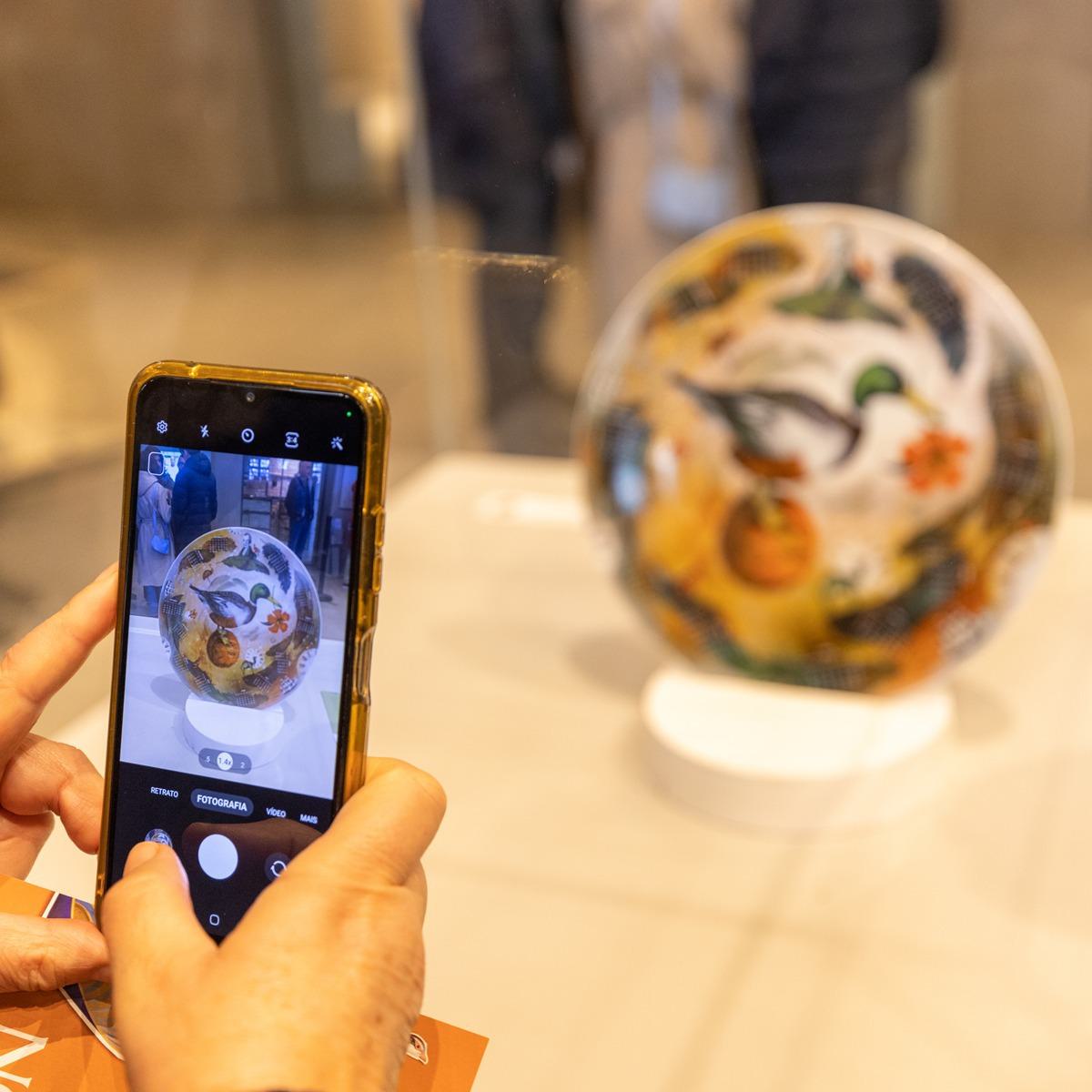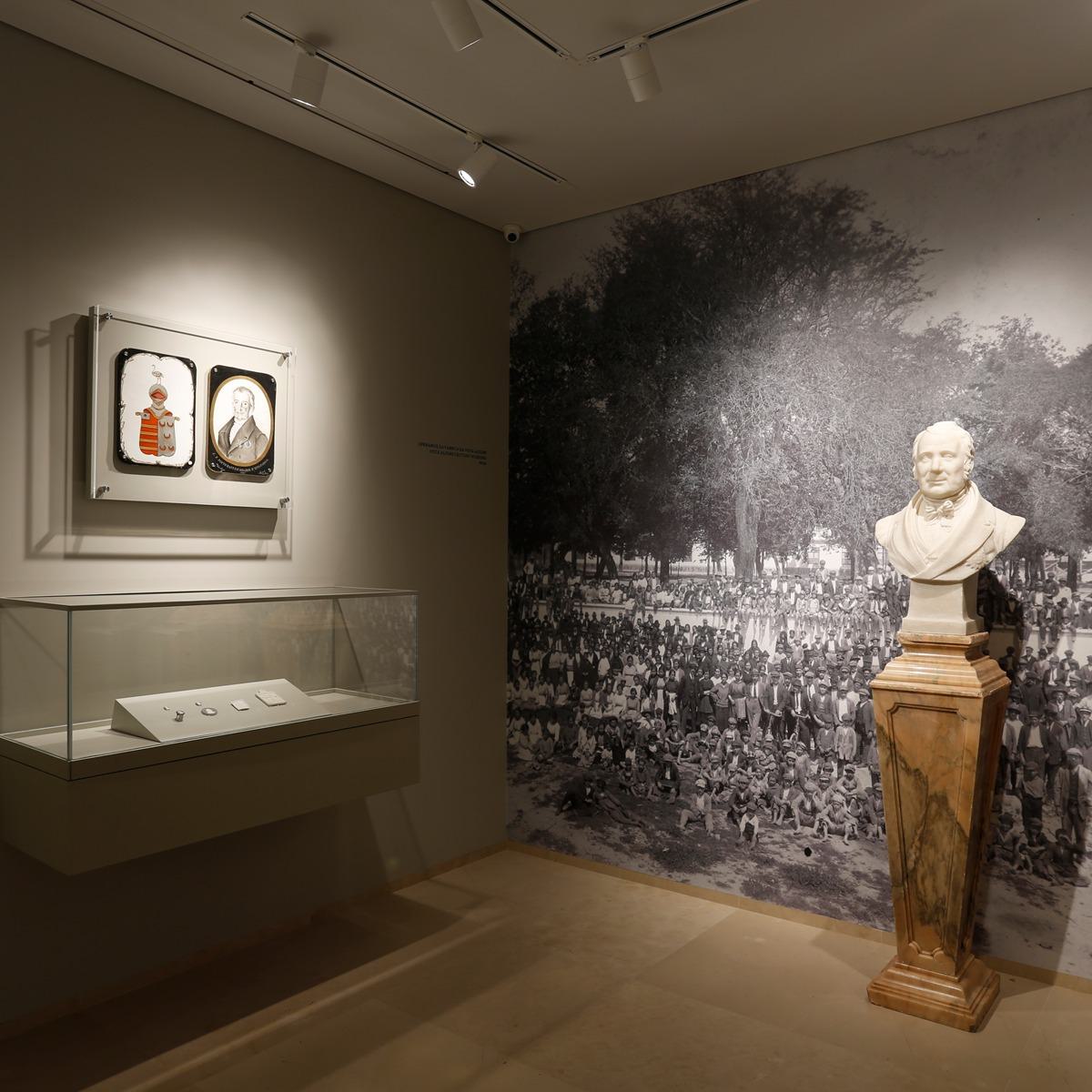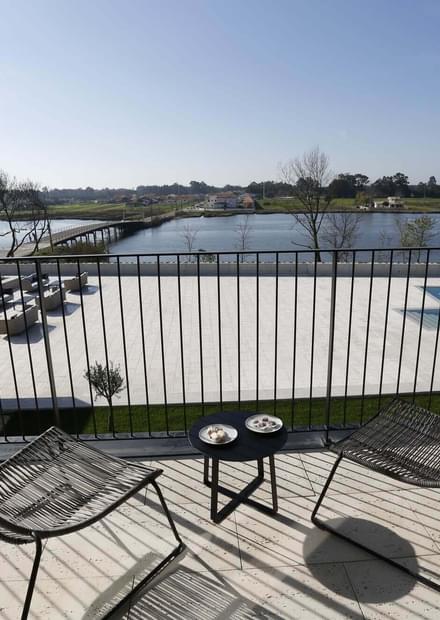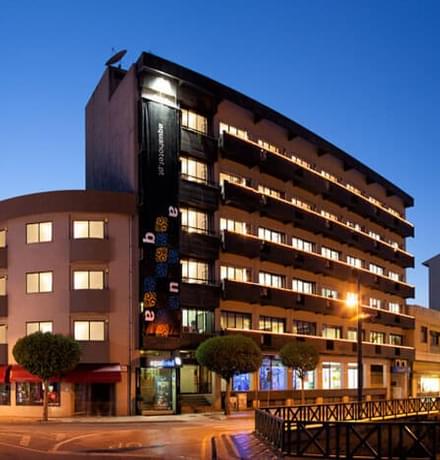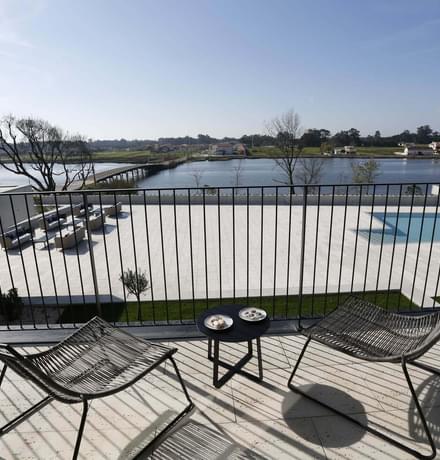Vista Alegre Museum is the living testimony of a 200 years-old history that brilliantly presents the evolution of Vista Alegre factory and its production. Opened to the public in 1964, Vista Alegre Museum was deeply renovated between 2014 and 2016, which included the rehabilitation of the existing building and the expansion of the exhibiting spaces, including the integration of two old ovens of the company in the reception area of the museum to make them stand out.
The new museum intends to show the factory’s history, the aesthetic evolution of porcelain production and its significance in Portuguese society of the 19th and 20th centuries through one of the most complete museum collections of that kind, made up of more than 30.000 pieces.
The building of the old Creche da Vista Alegre [kindergarten] was also renovated and reconverted into an educational facility for the Museu Vista Alegre. Dating back to 1944, this space was for caring for the workers’ children, thus providing important social support for the community. In the future, its use will be to stimulate a rich and diversified cultural programming which may promote the connection between factory and visitor, creating learning opportunities, namely through ceramic painting or paste modelling.
Vista Alegre Museum has taken on the mission of promoting the protection, investigation and interpretation of the industrial heritage of the Vista Alegre Factory, inspiring and motivating visitors to get to know the ceramic culture through the collections as well as the values of Vista Alegre.
Fulfilling its strategical goals, the museum aims at having an international dimension, at becoming an inspiring space; open to sharing and promoting knowledge, oriented towards the study and interpretation of ceramic culture.
The Vista Alegre Museum was awarded by APOM with an Honorable Mention in the “Best Museum of the Year” category, and received the APOM 2017 Awards in the “Cultural Merchandising” and “Museography Work” categories. Vista Alegre Museum is also a member of the European Route of Industrial Heritage.
Schedule
Tickets
Family (2 adults and 2 children or more < 18 years) : €16,00
- Researchers, tourism professionals and journalists, in the performance of their duties and upon prior notification;
- Members of ICOM and APOM;
- Employees of the City Hall of Ílhavo; Employees of Vista Alegre Atlantis and Grupo Visabeira; Vista Alegre Pensioners;
- Members of the Vista Alegre Collectors Club

